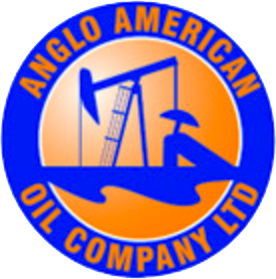Do all fuels make the same horsepower? Not quite.
Octane Matters:
“Engines that use higher compression ratios are able to operate at a higher efficiency,” explains Zachary J. Santner, senior specialist of quality at Sunoco. “In order to run higher compression, you need higher octane or the fuel will pre-ignite.” A high-octane gasoline won’t necessarily translate to more horsepower, but such a fuel will permit higher compression ratios and increased boost levels – things we tend to favour in our quest for more power. Too much octane? Supplying an engine with more octane than necessary won’t cause any issues, assuming that fuel still meets the engine’s requirements regarding lead, ethanol and the like.
Ethanol Matters:
“Oxygen is the limiting agent in the reaction,” Santner says about the combustion process. “If we can burn more oxygen, we can burn more fuel and make more power.” Increasing the amount of oxygen sent into the combustion chambers often includes maximizing the usual suspects: boost, airflow, displacement and engine speed. It’s why a high-winding race engine running big throttle bodies will make more power than the standard issue. Adding more ethanol also adds more oxygen to the combustion process. “You’re essentially increasing the displacement of the engine,” Santner says of that last option. Too much ethanol? Ethanol doesn’t match the energy density of straight gasoline, so more is needed, requiring a higher-capacity system–think bigger injectors and increased fuel pump capacity. Straight ethanol also has an extremely low vapour pressure, Santner explains, which could hurt an engine’s cold-starting ability. E85 provides some gasoline to make the blend more civil. “Gasoline is a blend of many chemicals so it can work well in different climates,” Santner adds.
Distillation Curve Matters:
“Fuels that will evaporate more readily will help an engine reach its full performance potential,” Santner explains. Gasoline is designed as a liquid for transportation and storage, he continues, but it needs to transition to a gas phase for combustion. “Liquid fuel can’t burn.” Reid vapour pressure is used to measure the distillation curves of different gasolines, with a higher RVP indicating a fuel that’s more eager to form an explosive mixture with air, so to speak. RVP numbers aren’t printed on the pump but can usually be found online, especially for specially blended race fuels. Too much evaporation? Most Sunoco Race Fuels, for example, have an RVP between 4 and 9 psi. With atmospheric pressure at 14.7 psi, Santner explains, a fuel with an RVP of 14.7 would actively boil at 100 degrees Fahrenheit. Fuel systems don’t like to work with both gas and liquid, he continues, and the likely result is known as vapour lock–the engine simply won’t run as intended.

